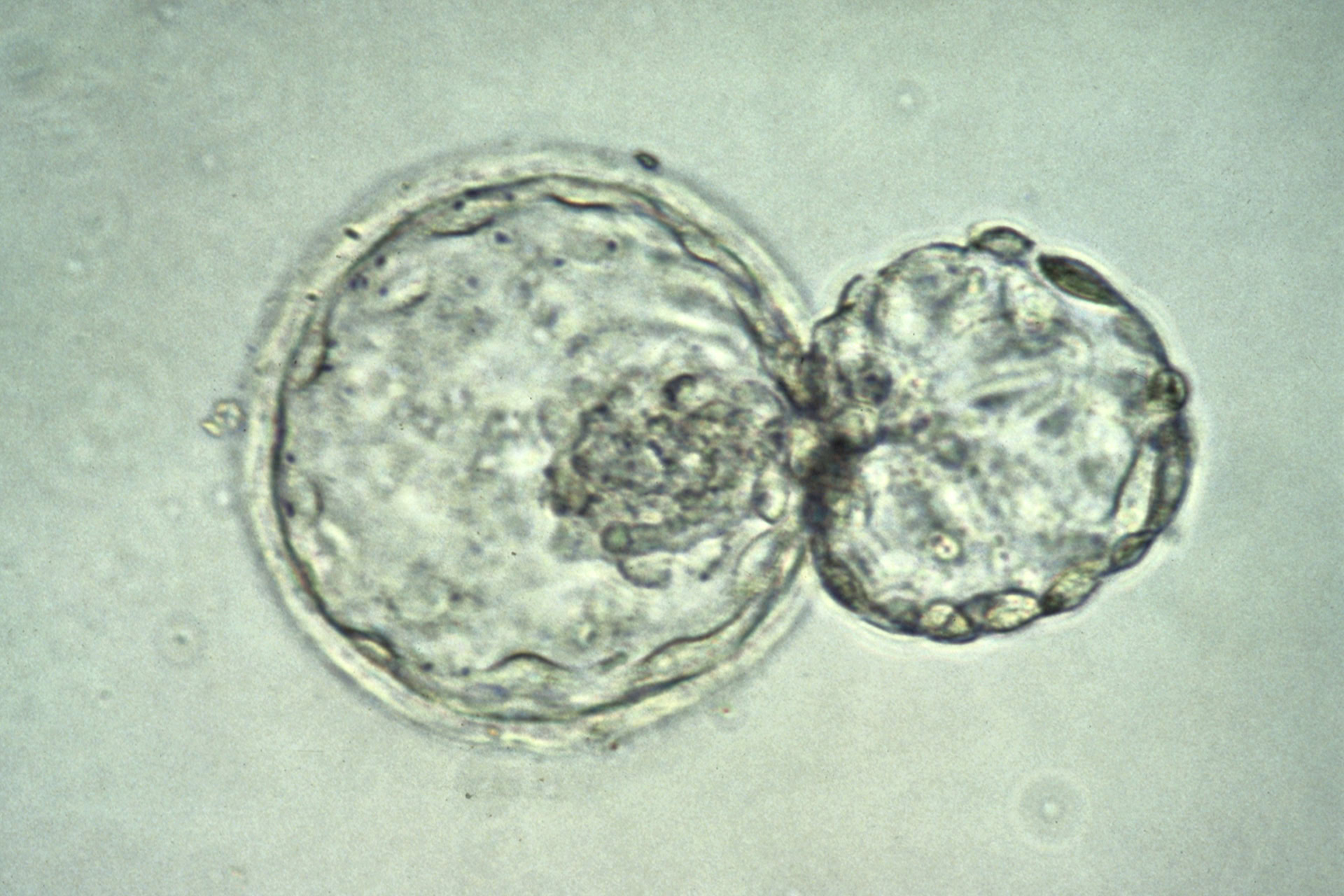US scientists have for the first time created 'personalised' human embryonic stem cell (hESCs) using a form of cloning. The result is a significant milestone on the route to using stem cell-based therapies but the researchers stress more work is to be done as genetic errors in the cells means they are not yet suitable for therapeutic use.
Dr Dieter Egli, lead researcher at the New York Stem Cell Foundation Laboratory, who was involved in the study, told the BBC: 'There is clearly more work to be done, this is early days'. But he said the findings mark 'a step on that road' towards taking patient-specific stem cells into the clinic where they could one day be used to replace damaged tissues without the risk of rejection by the body.
The researchers used a technique called SCNT to create an egg that contains genetic material taken from the intended recipient of the resulting stem cells. The egg then reprograms the cell so that it begins to divide like a developing embryo to produce a blastocyst from which stem cells can be collected.
SCNT has been successful in animals — Dolly the sheep was the first animal to be cloned from an adult cell - but research so far demonstrates the technique does not work efficiently for human cells. Previous studies have shown that the egg often stops dividing and dies after nuclear transfer and despite some progress being made, any hESCs produced have not been suitable for therapeutic use.
But what Dr Egli and colleagues have shown is that human cells can be reprogrammed by SCNT - but only if the genetic material of the egg itself is left inside the cell. This is an exciting breakthrough, but the down side is that the resultant stem cells contained three sets of chromosomes rather than the usual two. Despite the extra chromosome set, the stem cells were capable of differentiating into germ layers but this error makes them unsuitable for anything other than research.
But there is good news: 'While this approach does not itself provide a solution, it takes us a step closer to understanding where the problems lie', explained Professor Mary Herbert from the Institute of Ageing and Health at Newcastle University. This means that the hunt is on to find out exactly what is required from the egg's genome to reprogram the cell and how to supply it.
SCNT, however, requires a steady supply of donated human eggs which raises practical and ethical issues of donation. The New York Times reports that Dr Egli secured a reliable supply through collaboration with a clinic associated with Columbia University in New York which paid donors $8,000. Although the US National Academy of Sciences has issued guidelines which say donors should not be paid, the state of New York allows donors to receive reasonable compensation for eggs donated for research in an effort to encourage donors to come forward.
Sources and References
-
An Egg-Citing Recipe for Human Stem Cells
-
New Way to Make Embryonic Stem Cells
-
World's first cloned human embryonic stem cells
-
After Setbacks in Harvesting Stem Cells, a New Approach Shows Promise
-
Human 'cloning' makes embryonic stem cells
-
Human oocytes reprogram somatic cells to a pluripotent state
-
Scientists take key step in stem cell therapy
-
Cloning method used to make stem cells







Leave a Reply
You must be logged in to post a comment.